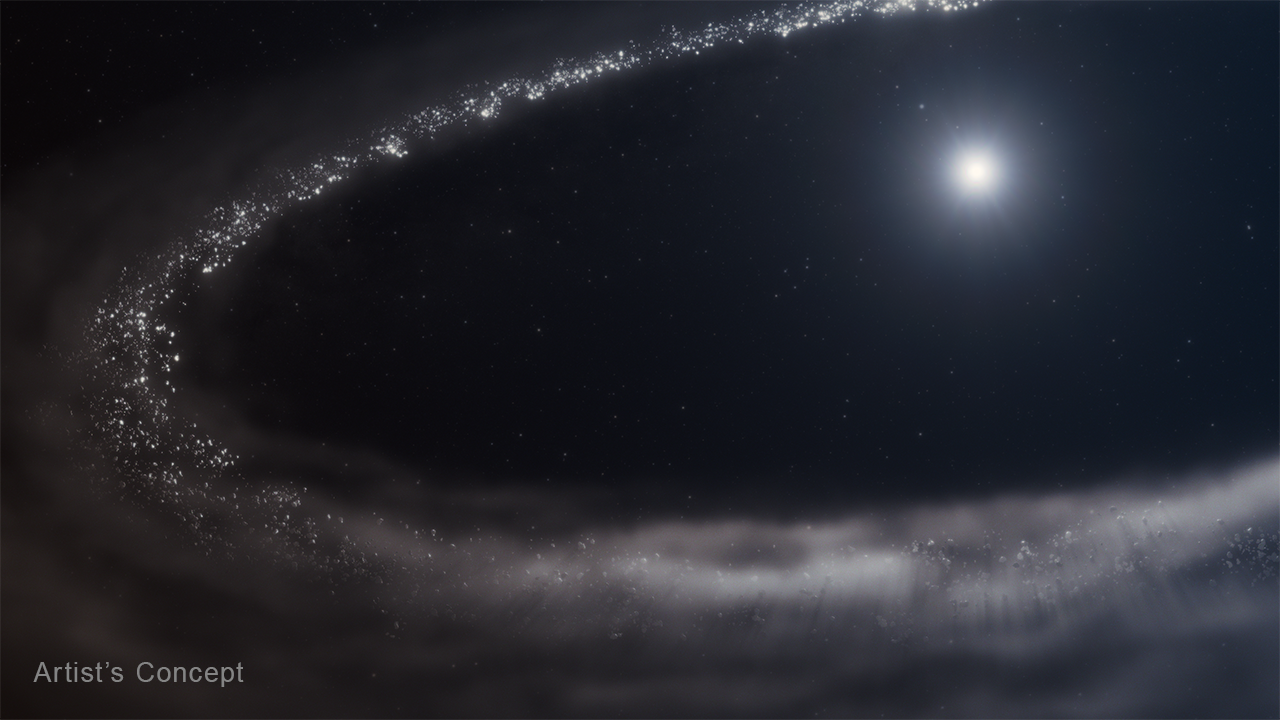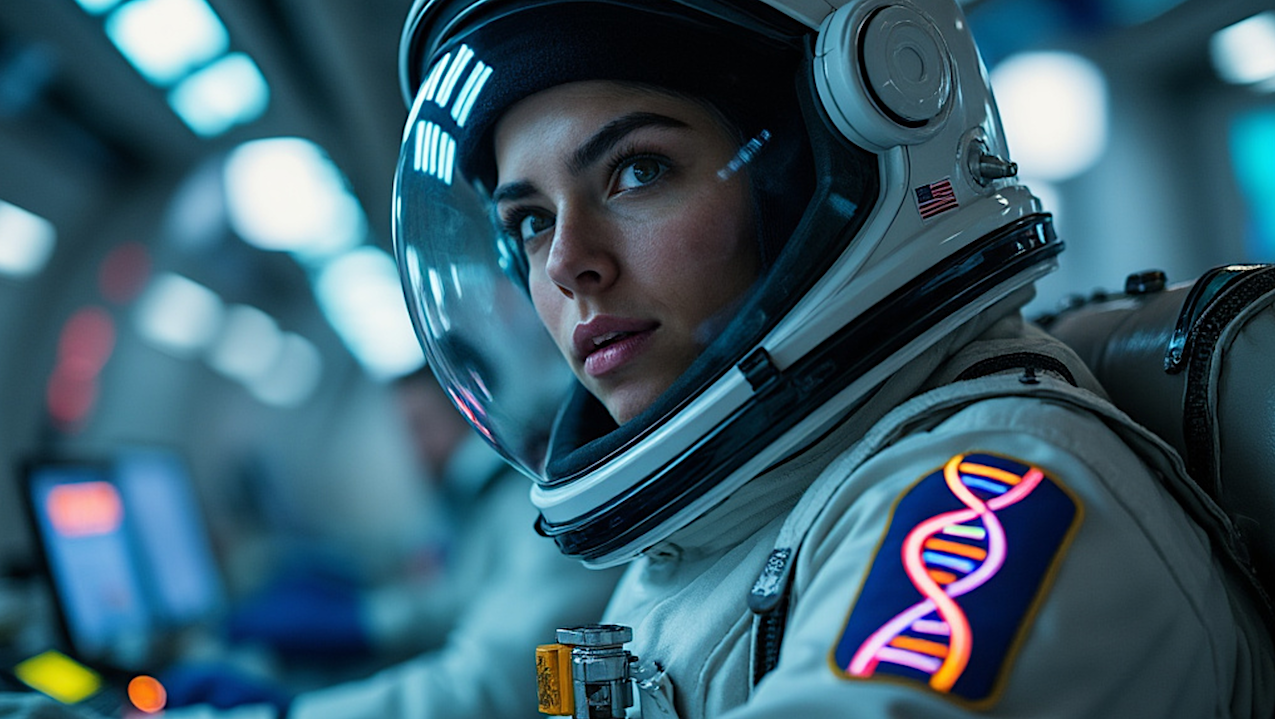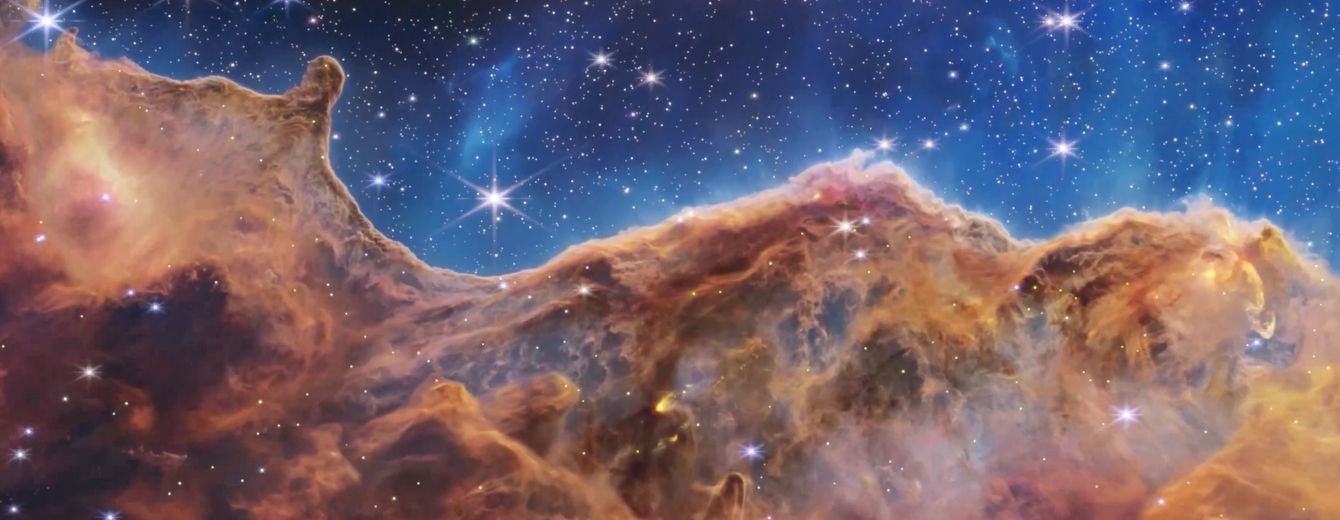Frozen Water in Young Star System HD 181327 — NASA Is frozen water scattered in systems around other stars? Astronomers have long expected it is, partially based on previous detections
Hot Posts203- Page
Join our newsletter to get the latest military space news every Tuesday by veteran defense journalist Sandra Erwin. WASHINGTON — As military operations increasingly depend on rapid and resilient communications
A giant virus infection of the unicellular algae Florenciella. The giant viruses can be seen bursting out of the Florenciella cell with their hexagon-shaped capsids that enclose their genetic material.
Get ready for the Flower Moon on May 12, and grab a pair of Celestron SkyMaster 12×60 binoculars! Now $29 off at Amazon and BHPhoto, they offer a huge 12x
View larger. | Artist’s concept of a gigantic hot exoplanet – designated WASP-121b – when it was younger and still orbiting far from its star. The gap is where the
This rendering demonstrates what is happening during a stellar occultation and illustrates an example of the light curve data graph recorded by scientists that enables them to gather atmospheric measurements,
Wu F, Mu WC, Markov NT, Fuentealba M, Halaweh H, Senchyna F, Manwaring-Mueller MN, Winer DA, Furman D.Immunological biomarkers of aging.J Immunol. 2025 May 30;214(5):889-902. Review.Note: This article may be obtained
A new chapter in European weather and climate monitoring begins as EUMETSAT’s Meteosat-12 satellite, formerly Meteosat Third Generation (MTG) Imager 1, takes up the baton from Meteosat-10 to deliver Europe’s
The much-anticipated 1st look from the Vera C. Rubin Observatory, starring our universe, is coming Monday. Watch in the player above or on YouTube. Vera C. Rubin Observatory to reveal
Explore This Section Webb News Latest News Latest Images Webb’s Blog Awards X (offsite – login reqd) Instagram (offsite – login reqd) Facebook (offsite- login reqd) Youtube (offsite) Overview About
-
 012024 in Review: Highlights from NASA in Silicon Valley
012024 in Review: Highlights from NASA in Silicon Valley -
 02Panasonic Leica Summilux DG 15mm f/1.7 ASPH review
02Panasonic Leica Summilux DG 15mm f/1.7 ASPH review -
 03From Polymerization-Enabled Folding and Assembly to Chemical Evolution: Key Processes for Emergence of Functional Polymers in the Origin of Life
03From Polymerization-Enabled Folding and Assembly to Chemical Evolution: Key Processes for Emergence of Functional Polymers in the Origin of Life -
 04How New NASA, India Earth Satellite NISAR Will See Earth
04How New NASA, India Earth Satellite NISAR Will See Earth -
 05And Thus Begins A New Year For Life On Earth
05And Thus Begins A New Year For Life On Earth -
 06Astronomy Activation Ambassadors: A New Era
06Astronomy Activation Ambassadors: A New Era -
07SpaceX launch surge helps set new global launch record in 2024













